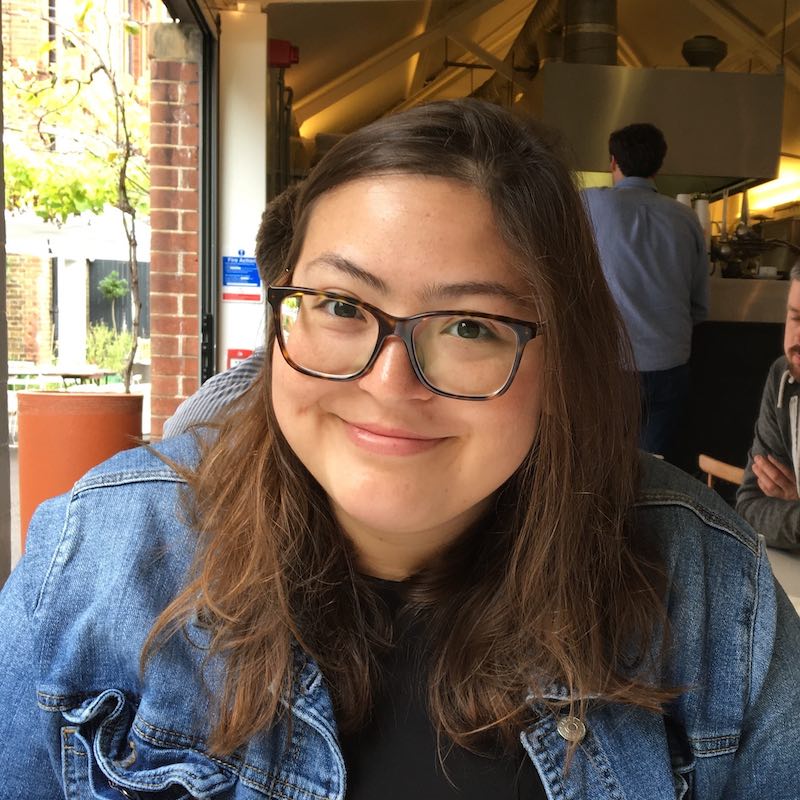A new wave of cancer research: Single cell and spatial insights at the 2022 Cancer Symposium
Cancer is a disease marked by change. Mutations develop, persist, multiply, and evolve in response to any number of factors as the disease spreads and grows. Treatments can challenge and kill affected cells, but it may also prompt resistance. Two patients, diagnosed with the same form of cancer, may display vastly different tumor development, progression, metastasis, and response to treatment. It is a puzzle where the shapes of the pieces can shift at any time, making it difficult to see the full picture and respond accordingly.
The landscape of cancer research is much the same, changing and adapting, not only as scientists advance our understanding of this complex disease, but as new technologies and techniques emerge, transforming our ability to probe the underlying biology of tumors, metastasis, and treatment efficacy and resistance.
During our recent Cancer Symposium, we heard from leading cancer researchers as they discussed their latest findings on a range of topics. Miriam Merad, MD, PhD, Director of the Precision Immunology Institute and Professor of Medicine, Hematology, and Medical Oncology at the Icahn School of Medicine at Mount Sinai, shared her efforts to map changes within the tumor architecture and tumor microenvironment. Daniel Landau, MD, PhD, Associate Professor of Medicine at Weill Cornell Medical College, Cornell University, delved into the mechanisms behind tumor evolution. And Kellie Smith, PhD, Assistant Professor of Oncology at Johns Hopkins University, gave us a deeper look into the factors underlying treatment efficacy and resistance. One thing all these presentations had in common? Single cell and spatial multiomics, and the novel insights they're enabling.
The complex and highly variable nature of cancer requires techniques that can capture multidimensional views of the disease, providing new insights into the biology of the tumor, immune, and microenvironment contextures. Single cell and spatial techniques combine multiple forms of analysis—such as, transcriptomic, epigenomic, proteomic, and immunological—to enable a more comprehensive understanding of the dynamic systems that determine cancer’s progression.
Adapting single cell techniques for new insights into somatic evolution
This system-wide approach turned out to be a particularly important realization for Dr. Daniel Landau’s team at Weill Cornell Medical College, whose innovative multiomic approaches have driven a significant body of research on somatic evolution. Dr. Landau’s research focuses on tumor evolution over time and the heritable information that contributes to cellular phenotype. Spurred by the knowledge that this heritable information was coming from both genetic and non-genetic factors, as well as the recent understanding that somatic evolution is ubiquitous even across healthy tissues, Dr. Landau and his colleagues were determined to find a way to capture the different layers of information that inform cellular phenotype and tumor development.
They turned to single cell multiomics, using Chromium Single Cell Gene Expression to develop a technique called GoT, or Genotyping on Transcriptomes, that captures both single cell RNA-sequencing (scRNA-seq) and somatic mutation (e.g., SNVs or indels) data. Using GoT to profile bone marrow from patients with Essential Thrombocythemia (ET), a form of leukemia, they created differentiation maps, layering expression of CALR, a somatic mutation known to be a driver of ET, on top of their scRNA-seq data. They found that the mutation did not resolve in a novel cell identity. In this case, a multiomic approach proved to be essential, allowing the team to disentangle a relatively subtle phenotypic impact that may have gone unnoticed without this deep characterization.
Multiplying discoveries with added tissue context
Taking their multiomic approach further, Dr. Landau and his team created several refinements to their GoT method that enabled them to capture further layers of information from single cells. For example, GoT-methylome allows them to connect genotype, epigenotype, and phenotype information in single cells, and GoT-ChA, or Genotyping of Targeted loci with single cell chromatin accessibility, links driver mutations with patterns of chromatin accessibility.
Now, their research is turning a new corner as they dive into the world of single cell and spatial multiomics. Describing how they’ve started incorporating Visium Spatial Gene Expression into their studies, Dr. Landau introduced his team’s most recent addition to their multiomic approach—SPOTS, a method that combines the Visium assay with antibody-derived tag (ADT)-marked antibodies to capture both the spatial transcriptome and protein information with high fidelity. Already, this technique has yielded new insights into the correlation between specific phenotypic differences and spatial architecture and interactions.
Learn more about Dr. Landau’s research in the on-demand webinar →
And find out how you can combine whole transcriptome spatial analysis with immunofluorescence protein detection in the same tissue section with Visium CytAssist Gene & Protein Expression →
Thank you to all our presenters and attendees for making the Cancer Symposium a success. We can’t wait to see how single cell and spatial multiomics will continue to accelerate cancer research in the search for new and more effective treatments.
